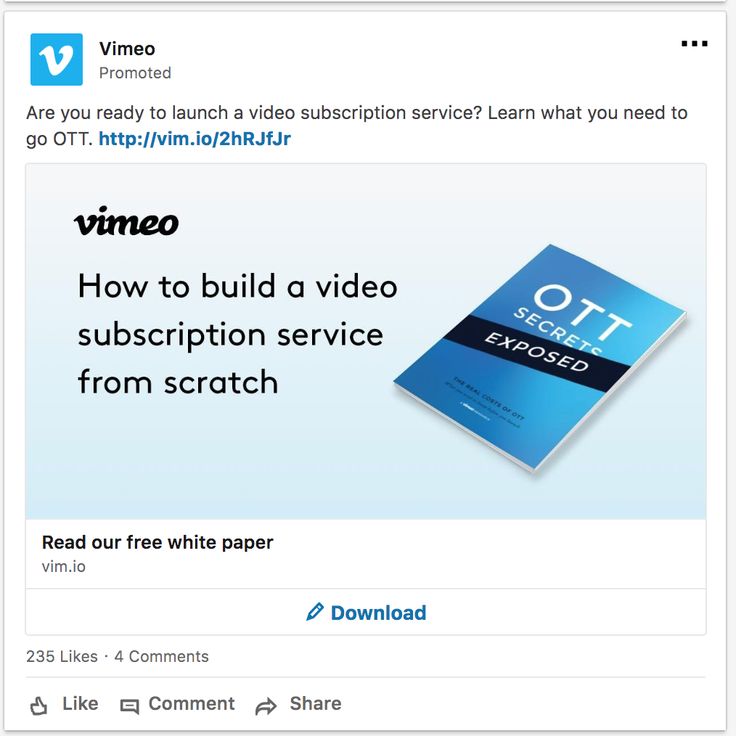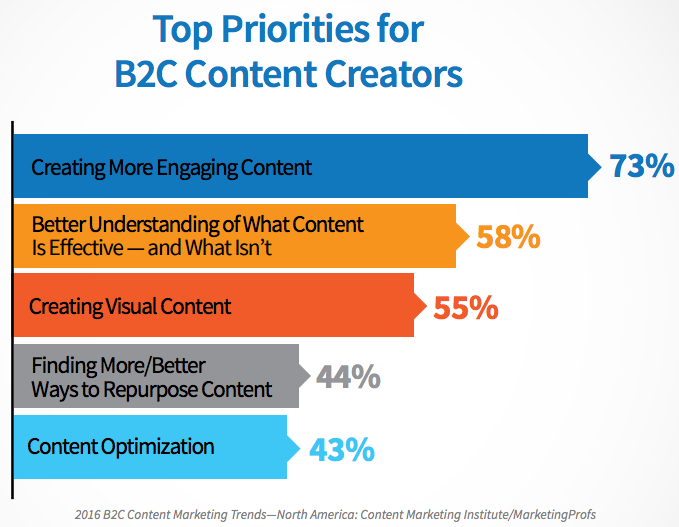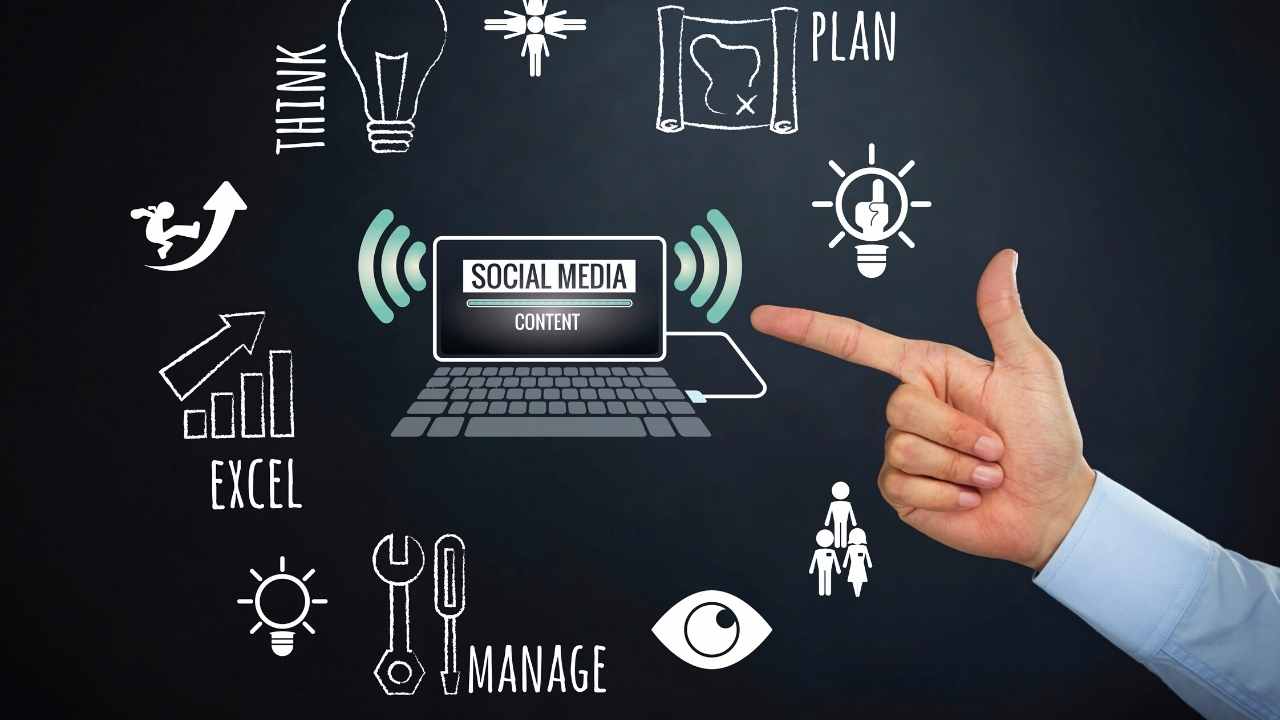
Social media is one way to optimize your website. Link optimization is a way to increase traffic to your website via social media. Here's how to make sure your links are optimized:
Link building
Social media for link-building isn't a new strategy. However, very few marketers are utilizing its many possibilities. Not only is social media a great way to increase brand awareness, but it also offers an affordable alternative to other link-building strategies. While it may not be the first thing on an SEO professional's mind, the right approach can help boost your website's search engine rankings. Here are some tips for using social media to build links.
Listen to people. You can gain valuable insights by listening to other people about your industry. Social media allows you interact with influential people and customers within your niche. Likewise, you can find local news sources and competitors. Listening to what people have to say can help you create a unique link-building strategy. Engaging with others regularly can help position your site to be an industry thought leader and bring in more referral traffic.
Technical optimization
There are three main types: technical, onsite, and editorial. Technical optimization refers to optimizing your website's code and hosting, URL format, spider speed, and other aspects. It doesn't impact your website's ranking, and you can make changes to it. These are the three types of SMO. Here are their key points.

Technical social media optimizing refers to the creation and optimization of online content likely to be shared through social media networks. Although it can be challenging to establish a formula to determine the content that will be shared on social networks, it is becoming increasingly important due to social sharing being integrated into search results. There are many tools that will help you do this. These are the three most popular options.
Editorial optimization
Social media optimization refers to integrating editorial content into online marketing tactics. This will maximize the content's value and minimize the time required to create it. Editorial content is written for the purpose of communicating with people in the Awareness stage and should be relevant to their needs. There are several ways that you can reach your editorial goals. These are the most common:
Technical optimization refers to web site code. URL formats, hosting and link building are all important. While technical optimization can improve a website's spider performance, it doesn't affect its ranking and should be avoided. To improve your site's performance, you can change its technical optimization. There are three basic forms for optimizing social media. Technical optimization is easy to understand. This is the practice of optimizing your website's hosting, code, URL formats and other aspects for search engines.
Scheduling content
It's important to schedule content for social media optimization. Post at the most engaging times of the day to get maximum engagement. Businesses can plan ahead and schedule content to promote their services, create campaigns, run competitions, or develop a campaign. Scheduled content will also help ensure reliability in analytics. Businesses can avoid common pitfalls by having a plan. Here are five reasons scheduling content is beneficial to your company.

Social media optimization content can be scheduled to include GIFs and videos. Though you can use basic images in social media content, it is possible to add depth and make your post stand out with carefully crafted imagery. By giving briefs to content creators beforehand, you can speed up your creative process. Include details such as image size and content.
FAQ
Are there any common mistakes made when creating a content marketing plan?
You must have a plan for your content marketing strategy. A solid plan will save you time and money. If you don't know how to use the content or where it should go, you will create a lot of content.
A well-thought out content marketing strategy will give you direction, focus and goals. It helps to keep things on track as you move between phases. It might help you to analyze what posts get the highest engagement rates, for example, when you start social media marketing campaigns. This way, you know which kinds of posts will help drive traffic to your site and the ones that won't. These results will help you decide whether to create a series or video blog.
Another mistake people often make is not thinking about how long the content marketing campaign will last. If you're planning on launching a new website tomorrow, it makes sense to write some content today. But if you've been working on a content marketing strategy for six months, you probably want to wait until you have more data before pushing out new material.
Great content takes time. This is not something to rush.
Suppose you're a business owner who wants to learn more about content marketing. We recommend you to read our guide, How to Create Content That Works. This guide includes ten steps to help ensure your content marketing programs are successful.
What length should my content marketing campaign last?
It varies based on the type of service or product offered.
For example, if you sell shoes, you might spend one month designing a new shoe style. You might launch the new product in August, and then keep it updated throughout the year.
If you are selling clothing, one look might be for spring and one for fall. Your goal is continually offer something fresh so your audience never gets bored.
Your goals will dictate how long your content marketing strategy lasts. For small-scale businesses, you may only need to focus on one channel. To reach large audiences, larger companies might need to consider several channels.
Do I need an agent to do Content Marketing
No! There are many online tools to help you create high-quality content. A premium price is also a common charge for agencies.
Why is content so important
Every digital marketing campaign must include content. In order to attract new customers you will need to create relevant content. The best way to do this is through blogging. Blogging helps you build authority in your niche, which makes you more trustworthy. This trustworthiness increases your credibility, which in turn leads to higher search engines rankings. Ranking high means you receive organic traffic.
What is my ROI when I use a Content Marketing Strategy to Market?
Businesses who implement a Content Marketing Strategy see a return on investment (ROI), between 5x-10x greater than those that do not.
A Content Marketing Strategy is used to generate leads and sell.
It can also provide valuable insight into your company. These insights help you make smarter business decisions. For example, they can help you identify new opportunities and improve customer service.
So, if you're wondering how much money you could be making from a Content Marketing Strategy, let me tell you:
Your overall revenue can easily be doubled
Statistics
- Forty-seven percent of buyers view 3 to 5 pieces of content before engaging with a sales representative. (mailchimp.com)
- According to our research, 65% of companies with very successful content marketing in 2021 ran content audits at least twice a year. (semrush.com)
- Measure your goals with a progress indicator of 0-100%. Make your goals collaborative and transparent (semrush.com)
- According to our research, brand awareness, attracting traffic, and generating leads remain the key content marketing goals in 2022. (semrush.com)
- To further show the importance of this, 89% of people have stopped doing business with a company because of a poor experience. (neilpatel.com)
- In fact, would pay more for a better customer experience, and 86% of B2B buyers would pay more. (neilpatel.com)
- Progress indicators (0–100%) allow each team member to see how attainable each goal is and understand what remains to be accomplished. (semrush.com)
- According to research compiled by Coschedule: Companies that publish 16+ blog posts a month get as much as 3.5x as much traffic as those that publish 0-4 posts a month. (criteo.com)
External Links
How To
Informationgraphic creation tips for content marketing
Infographics are one of the most effective ways to explain complex concepts simply, making information easy to understand. Infographics can be used to communicate your message.
To create an infographic using design software such Adobe Illustrator, Photoshop or other similar programs, you will need Adobe Illustrator. You can use these programs to draw out different shapes and elements to represent your data, then add colors and fonts to make everything look nice. Once your design has been created, you can start uploading images from Unsplash/Pixabay to incorporate into it.
Look online for inspiration to create your own infographics. A picture of a food Pyramid could be used to show how many calories each food has. Another option is to take a picture of a can of Coke and look at how much sugar it contains.
Once you've created your infographic, share it on social media channels like Facebook or Twitter. This helps people who aren't familiar with the concept learn about it. Use hashtags to let others know what infographic you are sharing on social media. Users can follow along with specific conversations using hashtags.
Make your infographics shorter than normal if you are creating them. An average blog post can range from 2000 to 5000 word, while an informationgraphic needs only 500 to 1000 words. That means you can get more information across in less space.
Keep in mind that viewers may have difficulty reading small fonts when creating your infographic. It is important to use large fonts and avoid relying too heavily on colors when designing your infographic. Make sure all text is legible.
Here are some additional tips :
-
Choose an Infographic Template. There are many online templates that you can download or print. Canva, Piktochart and Google Slides are the most used templates.
-
Make your Infographic. Use the template to create your infographic. You can use whatever media is most appropriate for your audience. For example, creating an infographic about the best places to eat in Seattle might choose photos of local restaurants.
-
Add text. Add text to your infographic once you have it created. You can use Microsoft Word, PowerPoint or Canva to add text.
-
Add images. Add images to an infographic. You can add images to your infographic. If you wish to include a picture, ensure it is relevant.
-
Make It Interactive. Interactive elements can include buttons, maps, or links. This will help engage your audience.
-
Share. Share your infographic with others on social media such as Facebook, Twitter and LinkedIn.
-
Measure. Do you know how well your infographic performed? Did people click through? Did they sign up for your email list? Was their reaction to the infographic?
-
Improve. Is there a way to improve your infographic? Could you do better next time?
-
Repeat. Do this again!